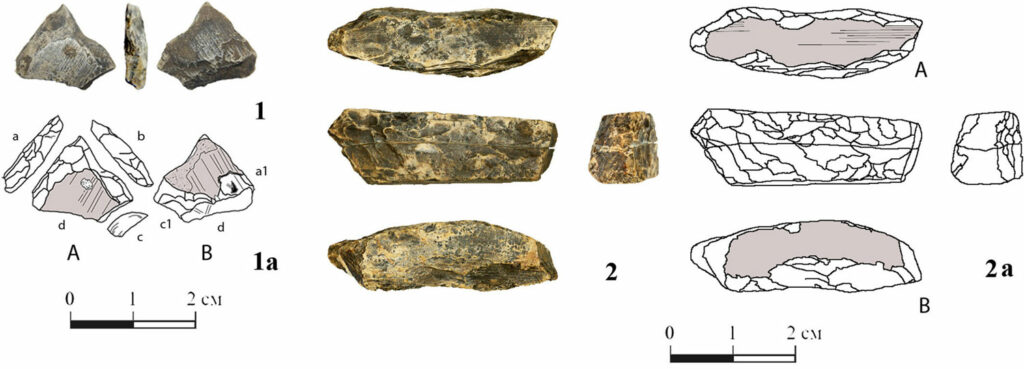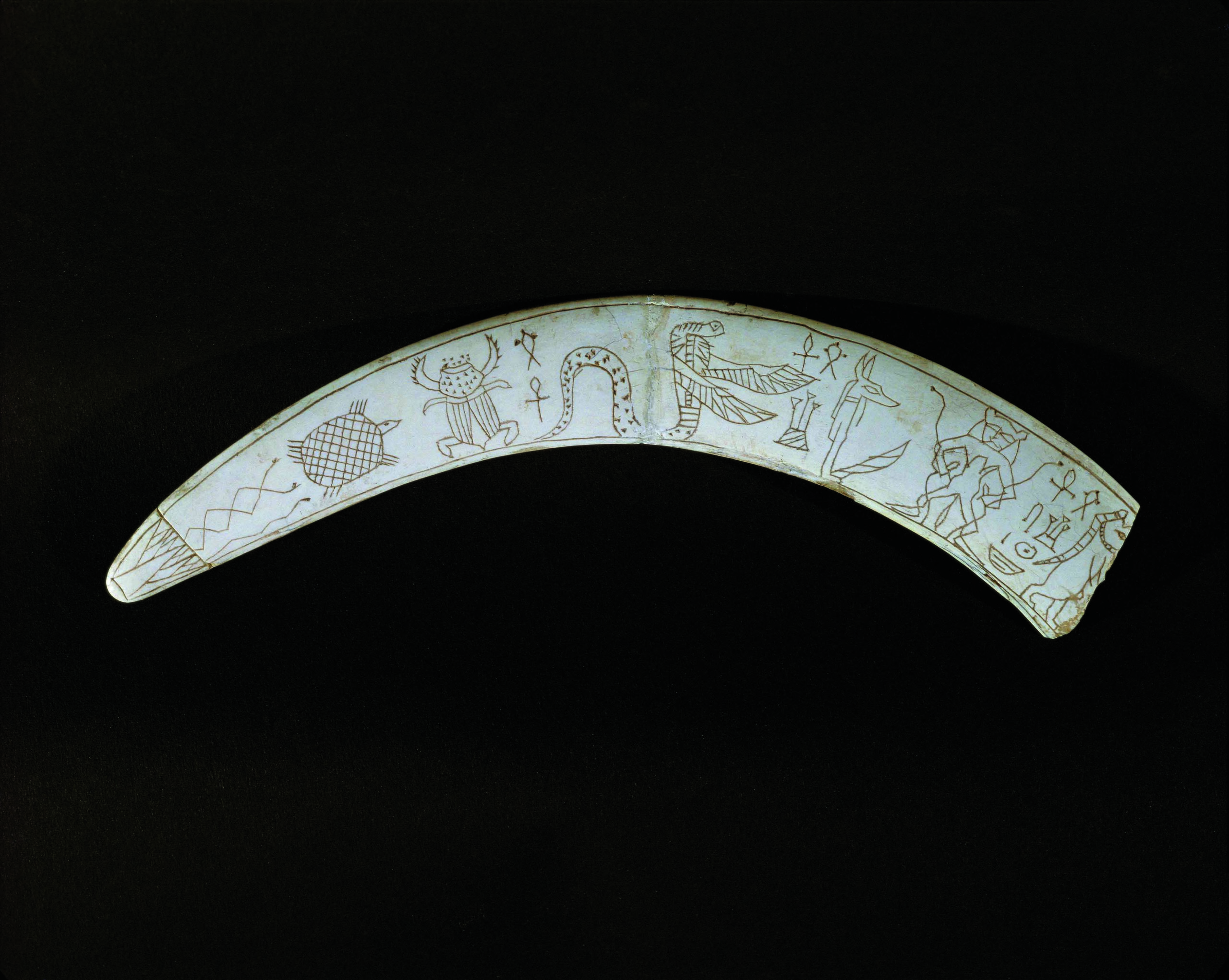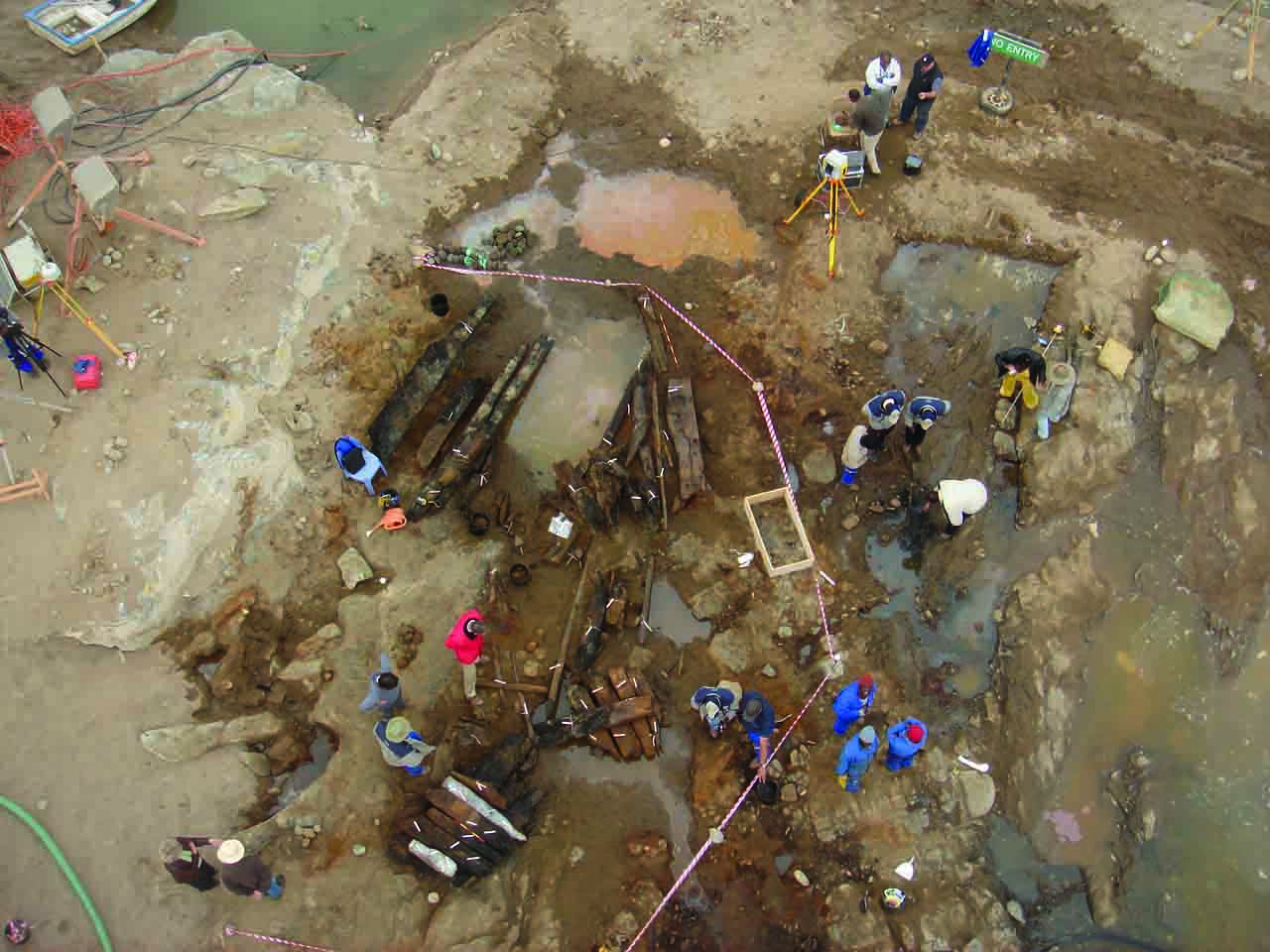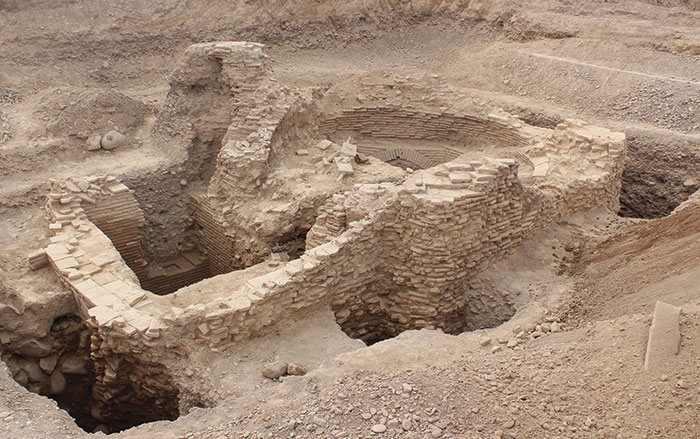
MEDZHIBOZH, UKRAINE—The oldest evidence of ivory toolmaking was recently identified at the Paleolithic site of Medzhibozh A in the Southern Bug River valley, according to Phys.org. Researchers analyzed 24 fragments of mammoth tusk, eleven of which showed signs of intentional modification by humans 400,000 years ago. Six of these displayed evidence of knapping. Previously, the earliest known ivory tools were thought to have been made 120,000 years ago. The experts were somewhat perplexed by the finding of these ivory fragments since the material is much softer and less durable than stone. They suggest that there may have been a shortage of suitable lithic material available at the time or that the process involved simple experimentation on the makers’ part to test conventual stone knapping techniques on a new medium. Alternatively, they hypothesize that the objects were never intended to have utilitarian purposes at all but were instead a kind of social exercise. “We suggest they may represent imitative behavior, possibly by children, mimicking adult knapping as part of early social learning,” said researcher Vadim Stepanchuk. “The goal, in this case, was not a functional tool, but rather a 'pretend' tool—possibly a play object or training piece.” To read in-depth about a Paleolithic ivory figure, go to "A New Life for Lion Man."











